|
While the science suggests that nature is good for us, that it calms our nervous systems, lowers our blood pressure, and makes us healthier, the truth is nature probably doesn’t do that for everyone.
There is a real thing about fear in nature. Fairy tales tell us to fear the dark forest through which we cannot see. Our minds tell us that what we can’t predict is dangerous. And there’s some truth to that. Nature is also an open slate for our projections. Nature won’t resist them. So, it’s possible to spend time in nature and see the things we are most afraid of, things that seem brutal, dominating, and cruel. If that’s what we see in nature we may be deeply afraid of being further brutalized by spending time outdoors. It’s true that some people will not feel comforted by nature. But there is an opportunity here. That is, no matter how you feel about what you notice in the natural world, how does that reflect what you are thinking? That is, you might see something in nature that makes you feel… yes, good, grounded, relaxed, etc… and/or agitated, worried, vigilant? I remember walking in the forest near my house for exercise sometimes with the thought that I would receive this gentleness and blessing of the forest while I walked. But when I was on the trail, I also noticed that I was worried and anxious… less about animals like coyote or mountain lion… and more about people. Men in particular. The fear that I might be attacked around any corner was deeply and persistently present. It gave me the opportunity to feel and understand all of the fears I had in my life that were keeping me in a situation that I didn’t like. My walks in the forest were metaphors for my life at large and allowed me to the opportunity to see and become aware of my own fears. There were a few ways I came to find more comfort and blessing in the forest, but the most important part was to be reflective so that I could base my excursions into the forest on something that was true to my current moment, rather than keeping away from the things that could potentially comfort me. That is, once I recognized how I was projecting my fear of the unknown on the forest, I could decide more clearly if I felt it was truly unsafe, or if my visit to the forest with self-awareness was actually going to be therapeutic. I wish I could tell you a story of grace and redemption in the forest. I wish I could say that while my early personal and social life was so hard, nature saved me, gave me a sense of belonging, and made me feel that things were going to be OK. But that’s not really what happened. I grew up in the suburbs. My dad liked the outdoors, but it always involved an activity or sport like snow skiing, water skiing, or gardening. My parents weren’t the wilderness types. We didn’t camp to immerse ourselves in nature, we did it to be near a lake for skiing, or to go hiking with a goal. It wasn’t about pleasure or relaxation. So, honestly I didn’t really feel comforted by nature when I was a kid. I was lucky enough to live near the ocean for part of my childhood, and I knew that was compelling and lovely. I fell in love with individual oak trees when I lived in Southern California. I dreamed of coral reefs and ocean animals, but didn’t know a lot about either. It was that compulsion toward a nature I did not know that lead me to studying the ocean. I didn’t know how to just be with it, in order to have a relationship I thought I had to study it. So I did. And I got a couple of really gorgeous jobs that took me to remote islands for months at a time. Some of that was a struggle. It was good to be away from so many people (usually the island crews were small… 2-5 people). And, I had experience living with little, so not having electricity or running water didn’t feel particularly alarming, even though I’d never really lived that particular kind of minimalism before. The hard part was finding out what nature is really like. The hard part was living on an island with seabirds for whom it’s commonplace to lay several eggs, and for the first to hatch to kill the others as they break through their eggs. It isn’t always quick or efficient. It can feel brutal and cruel. I’ve also listened to mother elephant seals cry out for their dead or missing pups, and I’ve seen the carcasses of seabird chicks decay around piles of plastic they were fed unknowingly by their parents. It’s hard to be in the world… for sure. And that’s always going to be true. There’s no enlightenment in nature, unless you define transcendence to mean learning to be with things as they are. Sometimes we hear people say “there is only the here and now”, but that’s only kind of true. I mean, it is true that we can only act now… we can’t go back to the past and change things. We are not only embedded in the right here right now, we bring with us the patterns, biases, and understandings of the past. We are not free from our own histories. So, how does nature help us? It doesn’t help us by being perfect and showing us how to “do it right”. It doesn’t help us because it’s inherently good or romantic. It helps because nature is somewhere safe where we can project our stuff. The natural world isn’t going to react to how we see it or what we think of it. Nature is neutral to the workings of the human mind in that regard. What isn’t neutral is what we see back. What we see in nature is a reflection of what is already true in us. If I think back to my walking in the woods story, the forest reflected back to me that I was afraid of all the ways I couldn’t see how to move forward. I couldn’t see what the real threats were to my safety and well-being. I was afraid of so many things that were unnamed, and those things were keeping me to the path someone else created. That’s fine sometimes, it’s nice to travel in the footsteps of pioneers before us, and it’s not fine when it feels like it’s costing too much of your sense of self. And that’s where I was at the time. I knew I was not on my life path, I knew I wasn’t doing what my heart felt was mine to do in the world, but I was so afraid of all the things I was unsure of, that I couldn’t deviate. I wasn’t brave enough to make my own way. The forest was neutral on the whole thing. It turned out that by naming and facing all of the other stuff in my life, I realized the forest wasn’t unsafe. Not where I was walking. That forest loop held me as I transformed my relationship with the unknown. I walked there often. The way I’ve told this story looking back on it may make it seem like I knew what I was doing there… but at the time I really didn’t. It’s only in retrospect that I understand the overarching theme of what I was doing there. And even now, this is just my story. This is my experience with nature and the forest and learning to see my own reflection. But maybe this won’t be your story. I’m just making room here for us to be scared, joyful, open, clear, reflective, and true to ourselves. And things can always change in the future. Maybe now it is scary to be in the forest alone, maybe it won’t be later. Or maybe it always will be. It’s OK, however it is.
0 Comments
When our struggles become overwhelming and push us into corners that we feel we can’t get get free from, then it can be helpful to turn to nature. People have divorced themselves from nature, we have language that describes nature as unalive, not feeling, simply a resource. And this implies that its value lies in what we can get from it (and particularly, how much money we can make from it). We don’t perceive ourselves as having to operate by the same patterns and principles as nature. But what if we did? Indigenous people and some lingering practices from inside of extractive cultures remind us that it wasn’t always like this. There are other ways to perceive our relationship with nature. Landscape of Mothers encourages us to explore this new but ancient way of relating to earth and her inhabitants. As we do this it is important that we reconnect with our own ancestral path, and that we do not use someone else’s way. Even if our lineage of nature relationship has been lost, we can claim a new relationship with earth that is mutual through research of our family line, and most importantly, through our own bones and our own experience. Landscape of Mothers is a framework for having our own experience of nature, that can be mutual, interactive, and contemplative. But how does this happen? It happens because we intentionally step into a process with nature that facilitates a deeper relationship. Like any relationship it needs frequency, spaciousness, and reciprocity. So, we create a pattern out of those needs. We need to visit at a frequency appropriate to the kind of relationship we want to have. That is, if we want to go deep, it helps to visit more often. This is akin to how often we visit or interact with our friends. This is where we establish reliability and stability for all parties involved. It doesn't require perfection or rigidity, but a devotion and the creation of an ongoing conversation. We also want to intentionally create spaciousness, and by that I mean flexibility to listen, to simply be together, and to allow the meeting to take up space in you. This is a practice of letting the relationship touch you in ways you don't expect, making room for what you can learn from the natural world. Quiet, curiosity, and slowness tend to this part of the relationship. In the reciprocity of the relationship we can access depth. Not only only are we spending time in nature getting to know it, we are letting it know us. You can see animals respond to your presence in the wild, but do you know that the trees and plants do too? It makes sense, that our life force energy sees, notices, and responds to one another. (See the book The Secret Life of Trees for some spectacular stories about this). The parallel here is that if we want to change our family culture, we need somewhere new to build relationships that uphold the values and dynamics we wish to become more fluent with. Nature is a powerful place to begin this exploration because trees are non-judgmental as to where you are beginning from, and they release chemicals that interact with your nervous system that are calming. This is why it so often feels like a relief when you step into the forest. Let the blessing wash over you.
The waves came in consistent and strong. Clearing and cleansing. Usually the rock doesn't rise that high above the sand. The waves take the sand away during the winter storms, and deposit it back in the seasons of gentler waves. I watched as the ocean took sand away, subtracted, removed. Erosion.
The ocean comes to clear the beach when it's time. The Ocean Mother contains the Death Mother... the one who says goodbye, the one who grieves. And the quote above is what she left me with. Sometimes I notice that more than one of the Landscape of Mothers archetypes will address whatever I'm turning over in my mind. This fall, as is common at this season, change seems to be at the forefront of people's minds. If we listen to the land as we move into autumn, we can learn about how to release, how to let go, and how to grieve. Several of the Landscape Mothers hold ways of being with change, because the quality and tone of it can be so varied. This encourages us to inquire into what nuance of change we are experiencing in our internal world as we see the seasonal change happening in nature. The Sun and Moon Mother is about the kind of change that is a rhythm, a cycle, some way that we repeat and anchor our lives. She holds the cycling of seasonal activity, celebrations, or simple recurring tasks that we perform that help us know where we are in the scheme of things. Those rhythms might be always having a holiday meal at a certain person’s house, or the constancy of what makes up the meal itself. Or it might be giving a loved one a hug before they leave the house for their day. It doesn’t have to be big, but it does repeat again and again… and so it is the constancy of our rhythmic movement in our lives. The Wind Mother is the one who introduces change as an environment shift. She picks you up and carries you somewhere else. She is the kind of change that instigates a beginning. She is the seed sower, the interrupter, the creative spark. Things change with The Wind Mother around in a way that the environment is different, more than maybe you are changed by it. While you may mature here, there is a continuity between where you were and where you are not. The Desert Mother is the change of loss. You don’t get picked up and put somewhere else… you are fundamentally altered within. This is the realm of grief of the things that did not happen, or happened overwhelmingly, such that things will not be the same again. You are not the same. It can look the same on the outside, but nothing is the same on the inside. Things die here. It is a broken open kind of landscape. Potentially every one of the Landscape Mothers has her version of change or resistance to it. But I see that these three Mothers have a particular kind of relationship to change that helps me locate the nuance of what I’m navigating in my life. They describe not only the way I might be seeing or feeling the changes, but help me identify what emotions I might carry about them. Do I feel anchored and supported, excited and maybe afraid, or am I grieving a loss? What might that mean will be most helpful for me in being where I am? What do I need to give myself in order to be true to myself? What might I want to ask for from others? Oh this is so good... I love it when the days get a little shorter, encouraging me to my bed just a bit earlier. I thrive on getting good rest. I love how things slow down after a frantic summer of launching ourselves into travel, gatherings, adventures. I appreciate reclaiming my own inner pace... which is always so much slower than the pace at which the world moves. I stop pushing myself through all the excitement of summer (and honestly, I'm not really good at it... summer is not my most aligned season). Autumn makes the invitation to really settle in and notice the spectacular change of colors, the beauty of the seed pods, the way nature is preparing for her own down time. I feel like I see nature better when the light gets down to a certain angle, when it's not so intense. The play of shadows and light always gets my attention... it's so like life, isn't it? To have both things, right there together... There's a practice I learned from a therapist years ago about finding your own innate pace... how you feel like moving through the world right here and now. If you are curious what your internal (or natural) pace is, you can get into a place where you have some freedom to move around... and just let yourself start to walk, crawl, roll, or sit in a chair and move your arms, face, roll your neck... it doesn't matter what part you move... what is important is paying attention to how fast, or slow, you want to move.
Let the impetus for movement come from within, from your bones, from your depths. Notice its quality, is it smooth, direct, sinuous, jerky? What does that suggest about what you might want in your current situations (if anything... it doesn't have to). Invite that movement into your repertoire as you move through your day. Today, I am noticing that I crave stillness and rest. I am off to lay down for 10 minutes before my next meeting. I am going to fully surrender to the pace of stillness. And for the rest of the day, I'm going to give myself a moment to take three slow breaths as I transition from one task to another (if I can remember... because that's always more difficult when I get into get-it-done mode). I’ve been thinking lately about what it means to be together in this life… like, have each other’s backs… even-while-we’re-spread-all-over-the-world kind of together. I’m noticing that I’ve been conditioned to think that if I’m in a room alone that I’m alone in life. But the under-everything-truth… we do not do this life alone. The concept of “together” is starting to take on some nuance for me. I am reminding myself that even though the people in my life are busy, they do love me, they are crossing their fingers for my success, and they do care what I’m going through. This challenges the idea that I’m truly floating unattached in the world. I am not. The other place I’m thinking about “together” is where actually being in contact truly IS this important part of being able to hold the sense of not being alone when I’m the only person in the room. That is, I need connections… real ones, physical ones, committed ones. As a social species, our nervous systems are organized around connection with others, we find an internal sense of safety through belonging, it’s just how we are wired. We’re wired to need each other. “Together”, for people who have attachment wounds, is sometimes truly problematic. It’s fraught with lessons we received about not being allowed to have opinions, needs, being too much, etc. And so “together” can be a land mine. And sorting through the landscape of all of it might seem downright dangerous. Honestly, there’s no requirement that you do this kind of work. Don’t let anyone tell you otherwise. You are allowed to protect yourself in whatever way you feel is right for you. And, if there’s something in you that feels like connecting, repairing a sense of belonging, and/or taking care of the one in you who feels desperate to be accepted or loved, might I suggest flying with a flock of songbirds? Songbirds gather in groups in which they somehow manage to balance cohesion with crowding, following with leading, and safety with access to resources. They exhibit a grace of these qualities of togetherness + space. What does that look like for humans? I think, often, we assume that it’s people we need, and while that might be true, for a lot of us with past trauma, people feel dangerous. I didn’t have what I needed to navigate safe connection with humans. Instead, nature… the earth, trees, the ocean… they held me. I connected to nature first. I saw in nature so much of what I was trying to figure out. But it was opinion free. It was simply a reflection of one way nature has solved the problem. So, if something is weighing on your heart, and you want some feedback, but people feel like tricky business… ask a tree, or a river, or the spider building a web attached to your trash can (seriously… some of my best advice has come from spiders). Be willing to sit and see what’s there. Join the songbirds and notice what you notice about how they communicate together, how they forage together, how they move together. Sometimes nature conveys her brilliance in a huge understanding, sometimes in a tiny thing we ponder for a long time, sometimes in such a subtle way that you never realize that you received it. Today I’m imagining my flock of songbirds… the ones who carry and hold and love me… often from afar… and those I carry and hold and send love to when they need strength and I have it to give. If it feels good to a part of you who needs soothing… know that I care… truly. I am way out on the edges of your flock of songbirds, singing up your name to energize whatever it is you’re asking for today. When I first started walking here 10 years ago I was trying to find out who I was. I had left behind my dreams of becoming a professor of biology and decided to be a full time mom. I was scared of the change in my life, and I let the forest hold that for me. It meant I was often afraid here walking by myself.
But, I knew I was safe at the heart of it all. I brought the fears, and I walked with them. And I walked with me. And I realize today that so much has shifted. I'm not at all afraid, I'm so comforted by the trees, the wind, and even the people. I realize, it's because I am at home here. I am wild and domestic, I am light and dark, I am messy and true as a redwood tree. I am at home. I belong. |
Author: Jill CliftonHi, I'm Jill, creator of Landscape of Mothers. I'm here to talk about breaking family patterns of harm so that we can parent our children in ways that support them becoming fully themselves. I'm happy to have you here! Archives
June 2024
Categories
All
|
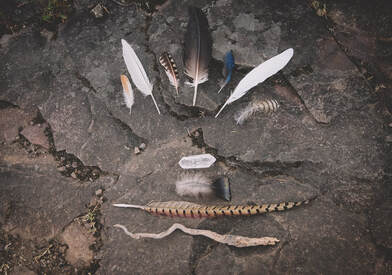
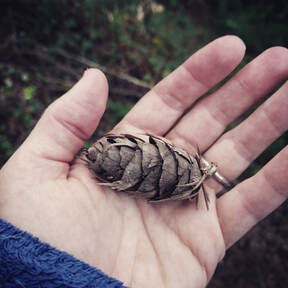
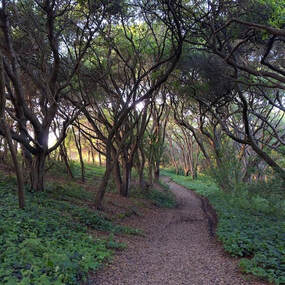
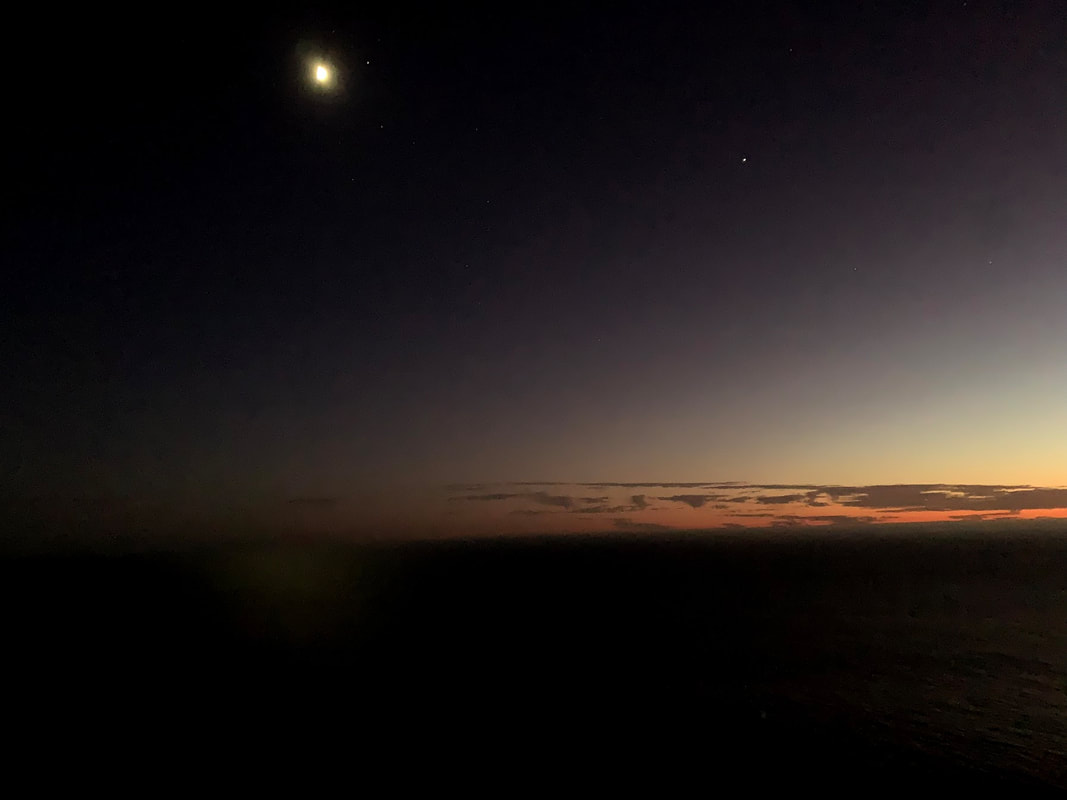
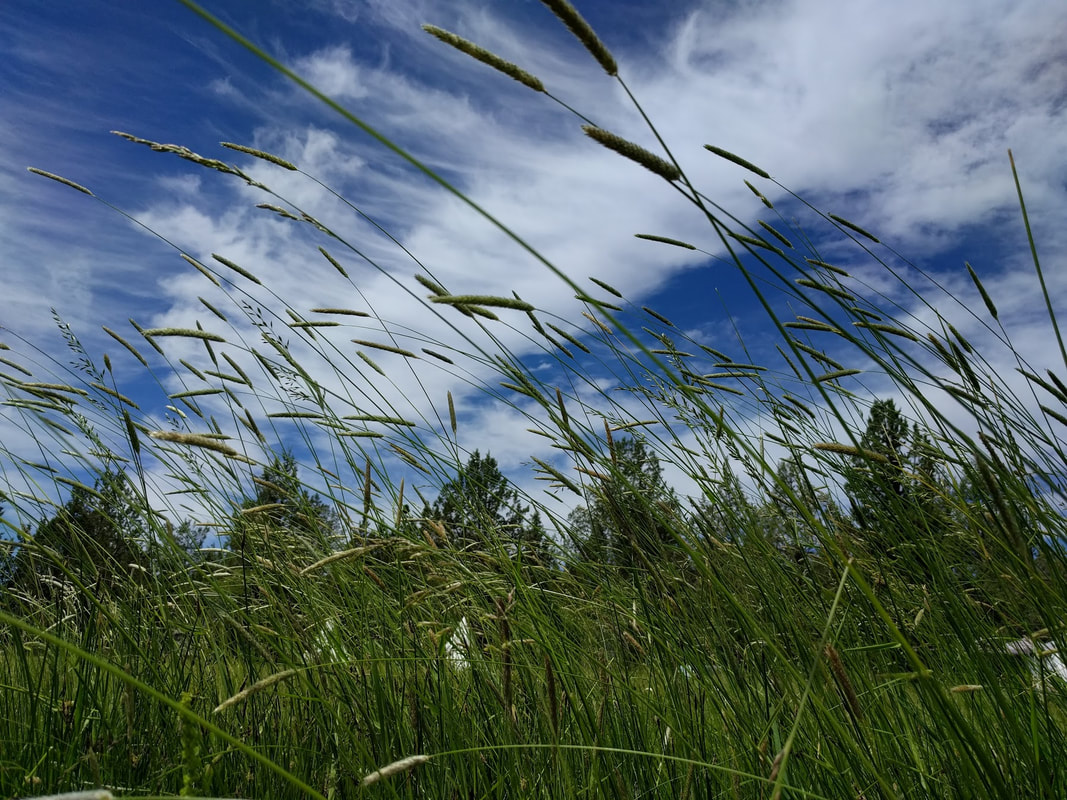
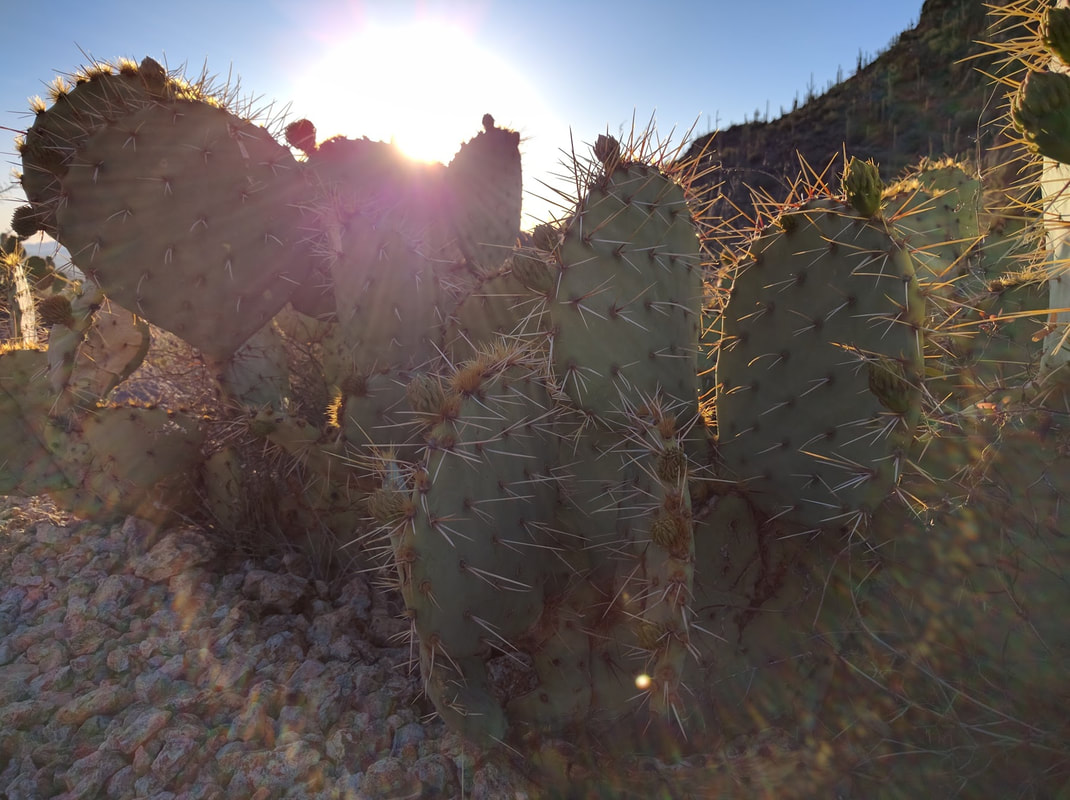
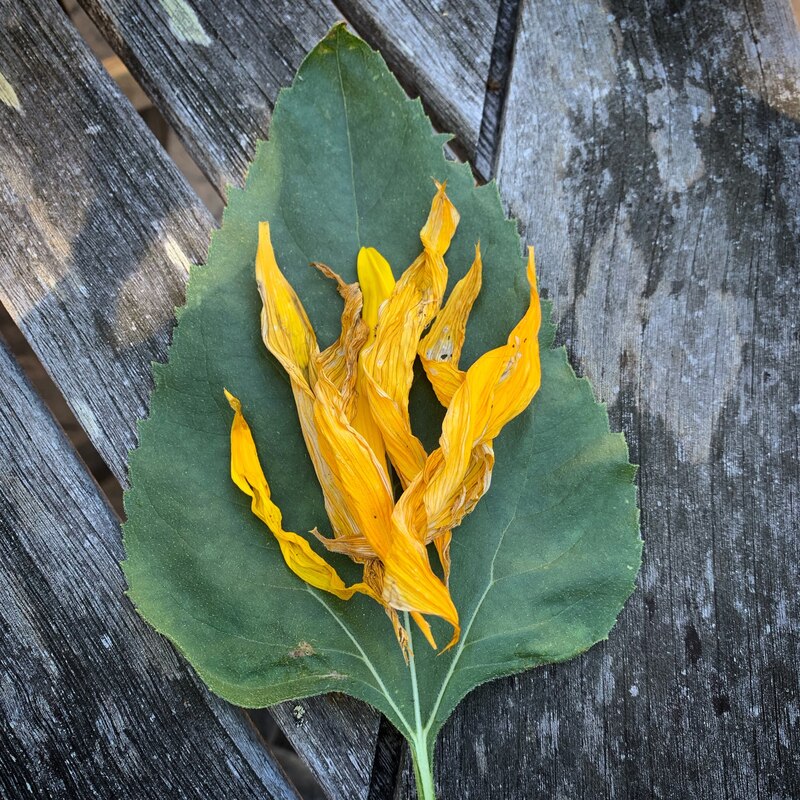
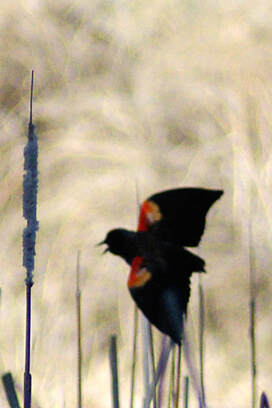
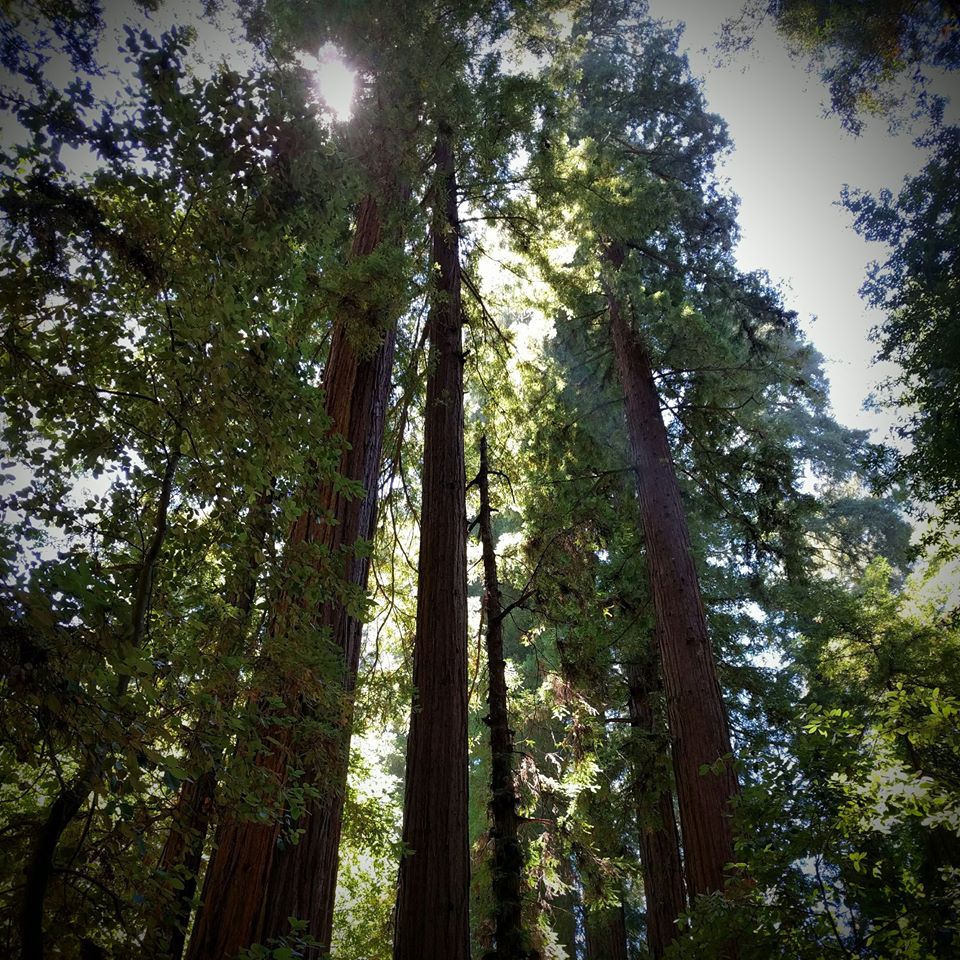
 RSS Feed
RSS Feed